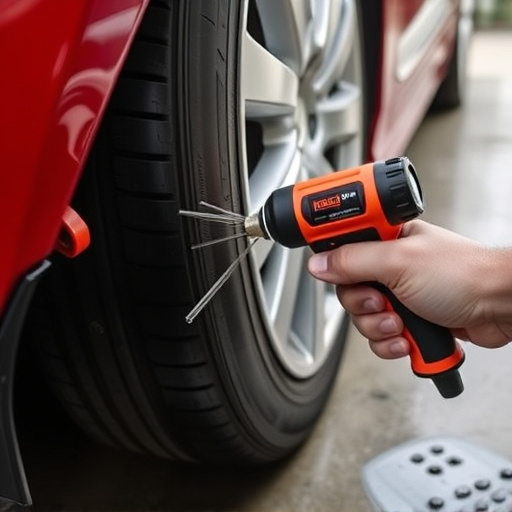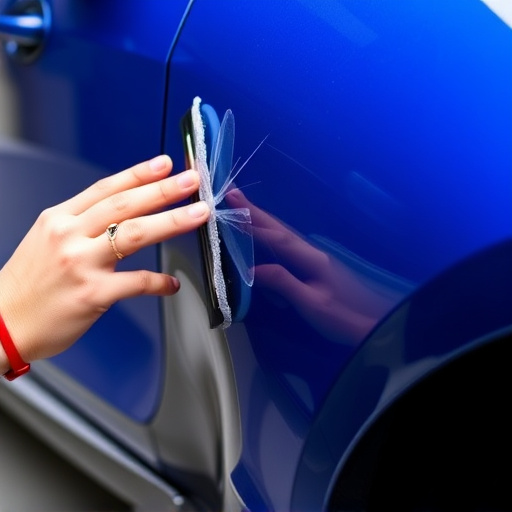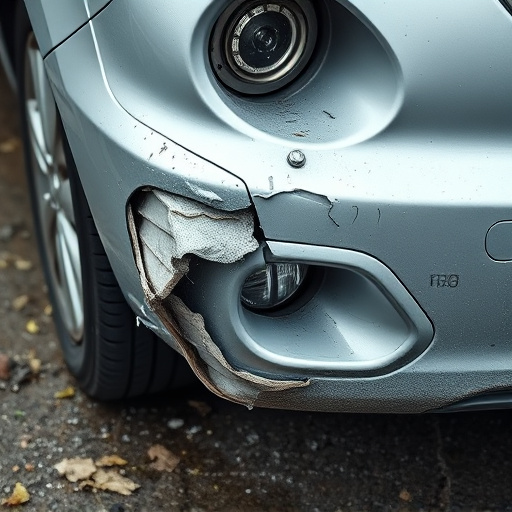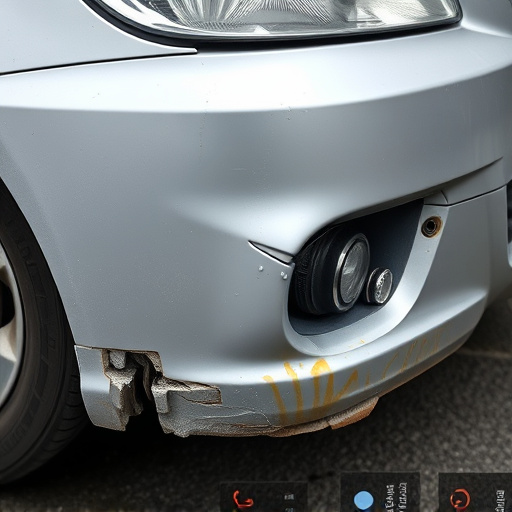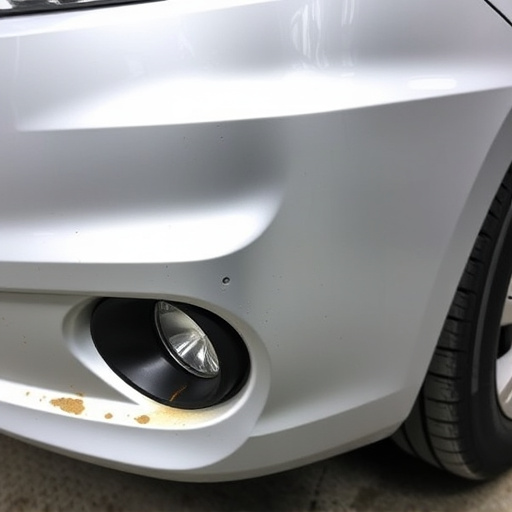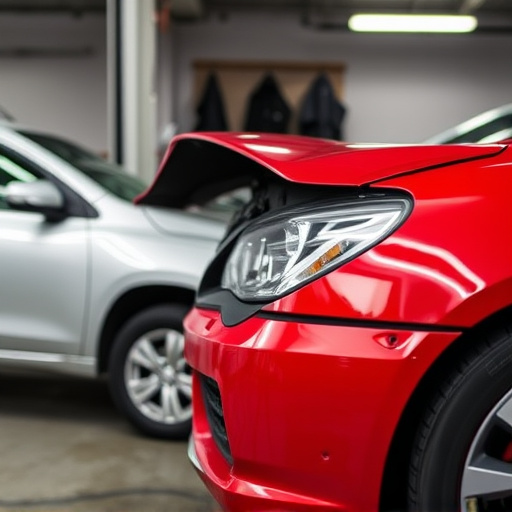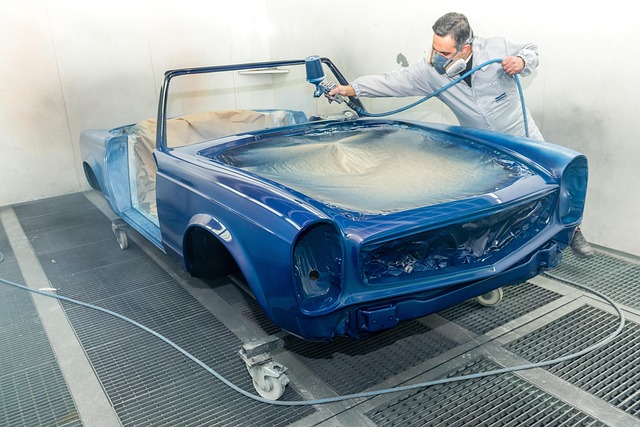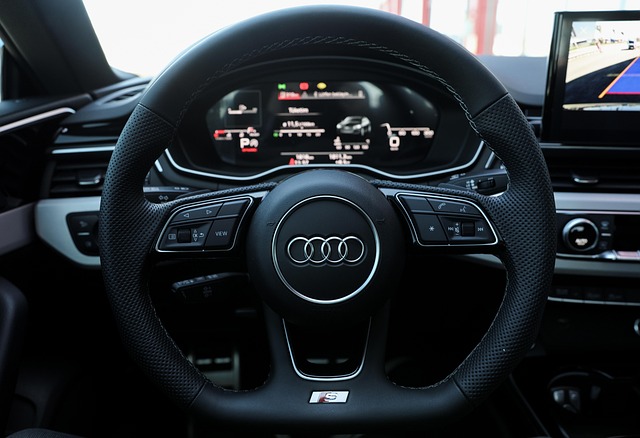Mercedes Dynamic Lighting is a cutting-edge technology suite designed to enhance nighttime road safety through adaptive LED headlights, automatic high beams, and dynamic bend lights. A standout feature is its seamless integration with the Mercedes sequential turn signals, which activate specific LED modules for left or right turns, improving overall safety and efficiency. However, proper maintenance and quick repairs, including Mercedes sequential turn signal repair, are crucial to maintain these advanced systems at peak performance and ensure both driver satisfaction and road safety. Skilled car repair services specializing in Mercedes models can accurately diagnose and rectify sequential turn signal problems, seamlessly integrating them back into the vehicle's electrical system for restored safety features and aesthetic appeal.
Mercedes-Benz has pioneered an innovative system, Dynamic Lighting, that enhances night driving safety. This technology, integrated with their sequential turn signals, ensures a seamless and efficient lighting experience. In this article, we’ll explore the intricacies of Mercedes Dynamic Lighting and its sequential signal integration. From understanding the basic functions to delving into repair processes, we’ll cover all aspects, especially focusing on Mercedes sequential turn signal repair, a crucial aspect for car enthusiasts and mechanics alike.
- Understanding Mercedes Dynamic Lighting: A Brief Overview
- The Role of Sequential Turn Signals in Mercedes Vehicles
- Repairing and Integrating Sequential Turn Signal Systems in Mercedes Cars
Understanding Mercedes Dynamic Lighting: A Brief Overview

Mercedes Dynamic Lighting is a cutting-edge technology that enhances safety and visibility on the road. This innovative system uses advanced LED lighting to adapt to various driving conditions, ensuring optimal illumination for better night-time visibility. It includes adaptive high beams, automatic high beam control, and dynamic bend lights, all working together to provide drivers with enhanced peripheral vision without causing discomfort to oncoming motorists.
When a driver indicates a turn using the Mercedes sequential turn signal, the system seamlessly integrates this information into the lighting pattern. This means that when you indicate a left turn, specific LED modules will activate in sequence, creating a clear and visible signal for other road users. Conversely, a right turn indication will trigger a different sequence. Such integration not only improves safety during car collisions repair but also contributes to the overall efficiency of the automotive body shop’s collision repair process. Moreover, it underscores Mercedes’ commitment to revolutionizing driving experiences through intelligent lighting solutions.
The Role of Sequential Turn Signals in Mercedes Vehicles

In Mercedes vehicles, the sequential turn signals play a vital role in enhancing safety and driving experience. Unlike traditional flashing lights, these signals provide a unique and dynamic pattern, indicating turns with precision and clarity. This innovative feature is not just about aesthetics; it ensures other drivers on the road have ample time to react and adjust their paths accordingly. The seamless integration of the Mercedes sequential turn signal system into the vehicle’s overall lighting architecture contributes to its reputation for cutting-edge technology and safety standards.
When discussing Mercedes dynamic lighting, addressing issues like Mercedes sequential turn signal repair is essential for automotive enthusiasts and car owners alike. Proper maintenance and timely repairs ensure these advanced lighting systems function optimally, enhancing both driving pleasure and road safety. Whether it’s a faulty signal bulb or a complex electrical issue, understanding the fundamentals of auto body work, including car bodywork repairs, can facilitate effective troubleshooting and solutions for Mercedes vehicle owners.
Repairing and Integrating Sequential Turn Signal Systems in Mercedes Cars

The intricate systems that govern Mercedes cars, particularly those related to lighting and signal integration, require meticulous care during both initial manufacturing and subsequent repairs or modifications. When it comes to the Mercedes sequential turn signal system, ensuring proper functionality is paramount for safe driving. Any issues with these signals, whether due to wear and tear over time or an accident-related damage, necessitate professional attention.
Repairs involving car bodywork and component replacement are not solely about fixing visible damages; they also encompass aligning the vehicle’s lighting systems to maintain optimal performance and safety standards. Skilled car repair services specializing in Mercedes models can accurately diagnose and rectify problems with sequential turn signals, integrating them seamlessly back into the car’s electrical system. This ensures not only the restoration of safety features but also maintains the vehicle’s aesthetic appeal, crucial for a smooth driving experience.
Mercedes’ Dynamic Lighting and Sequential Signal Integration combines cutting-edge technology with safety features, setting a new standard in automotive design. The seamless integration of dynamic lighting systems and advanced sequential turn signals enhances visibility and drives comfort, making Mercedes vehicles stand out on the road. When it comes to repair or integration of these intricate systems, proper knowledge and expertise are crucial. Understanding the intricacies of Mercedes sequential turn signal repair ensures optimal performance and safety, reinforcing the brand’s reputation for excellence.

